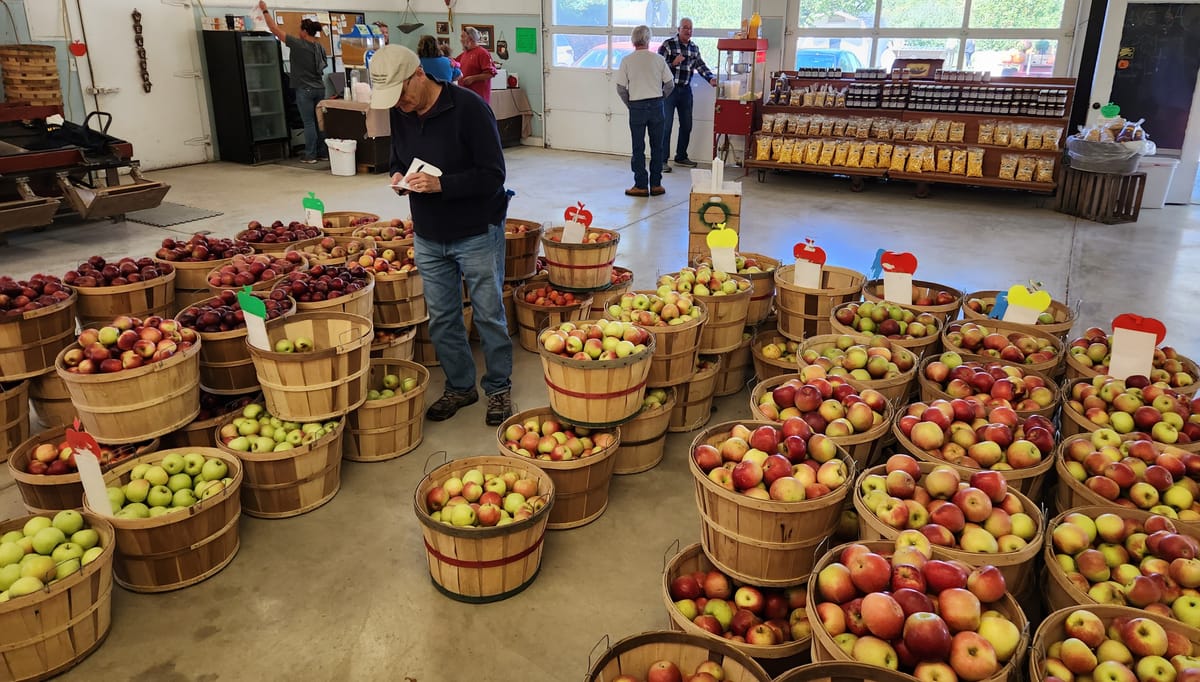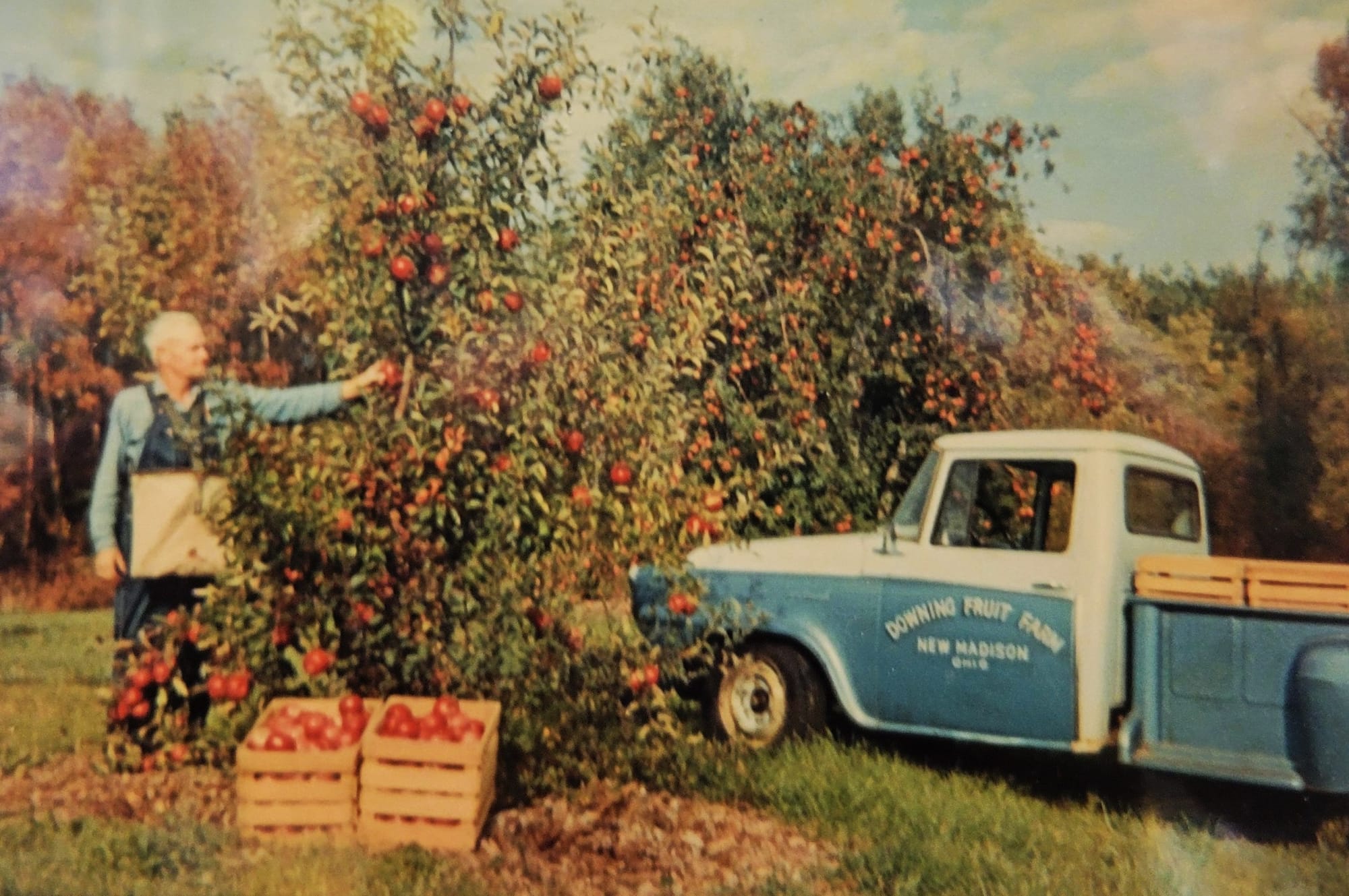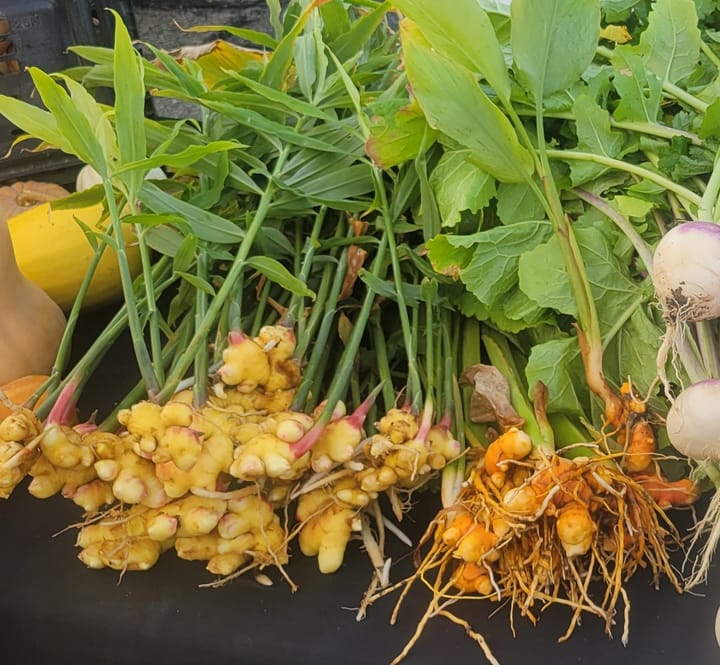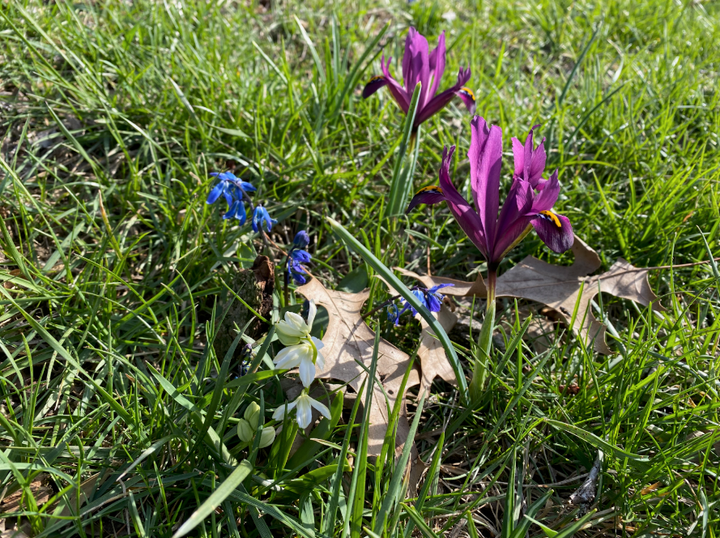On My Plate: Downing Fruit Farm Fall Festival
Visitors can walk or ride in a horse-drawn carriage amid the farm’s 2,500 fruit trees.

The arrival of autumn brings us local apples and two special, local apple festivals. Both festivals are on Saturday, Oct. 4 and Sunday, Oct. 5, from 10 a.m. to 5 p.m. The better known of the two festivals in Oxford – the Apple Butter Festival at Hueston Woods State Park – lets visitors create apple butter the way early settlers made it. More information can be found elsewhere in the Oxford Free Press.
Also upcoming is the Downing Fruit Farm Fall Festival, hosted by the Downing family, well-known fixtures at Oxford’s Farmers Market. The Downing festival is special because visitors can walk or ride in a horse-drawn carriage amid the farm’s 2,500 fruit trees.
Scott is the seventh generation of the Downing family to grow apples on the farm, which was started in 1838 when John Downing brought apple tree saplings and seeds west to Ohio. MOON Co-op has a display of photos of several Downing generations.
The most famous apple tree importer in Ohio at that time was John Chapman, better known as Johnny Appleseed. Chapman is pictured as an eccentric hippie, but in reality he was a clever entrepreneur and financier. Chapman bought land throughout Ohio, planted apple seeds, built fences to protect the saplings from livestock, arranged with neighbors to care for the nurseries in exchange for a share of sales receipts and either sold off the land for a profit or maintained the property as a nursery (selling individual trees). When Chapman died in 1845, he owned more than 1,200 acres, not counting all the land he had previously bought and sold.
Settlers like Downing and Chapman focused on apples for a practical reason: In order to establish a claim to 100 acres of farmland here in Western Ohio, homesteaders were required to plant 50 apple trees and 20 peach trees within three years. The apples they grew in the nineteenth century were too tart to eat, so they were used mainly to brew hard cider. Food writer Michael Pollan has called Chapman “our American Dionysus,” because he brought “the gift of alcohol to the frontier.” The cider market disappeared during 1920s Prohibition, hence most apple varieties are now for eating.
Downing and Chapman probably never crossed paths, because their migration patterns were different. Chapman moved to Ohio from Massachusetts as a teenager, but Scott has explained that his ancestor grew up near Rock Hill, South Carolina. John Downing headed west at age 37, stopping first in Kentucky, before heading north to claim a homestead near New Madison, Ohio. John died here in 1870 at age 93, but Scott has found his grave back at Fishing Creek Presbyterian Church in Rock Hill, along with other family members, including John’s father (also named John) who emigrated to the American colonies from Ireland and fought in the Revolutionary War.
Downing Fruit Farm has around 75 varieties of apples. Its most unique variety is Downingland, developed in the 1930s by Scott’s great uncle Ernest Downing at the family’s New Madison farm. A cross between Golden Delicious and Rome Beauty, it was given the name Downingland in 1968. Scott expects to have Downingland apples at Oxford’s Farmers Market this week.

Downing Fruit Farm’s address is 2468 Harrison Road, New Madison, Ohio. Google Maps suggests several routes from Butler County, all via back roads, so use GPS to get there. Check out the original Downingland tree, which still stands on the farm and produces a large crop.
James Rubenstein is president of the Board of Directors for the Oxford Free Press and professor emeritus of geography at Miami University.




